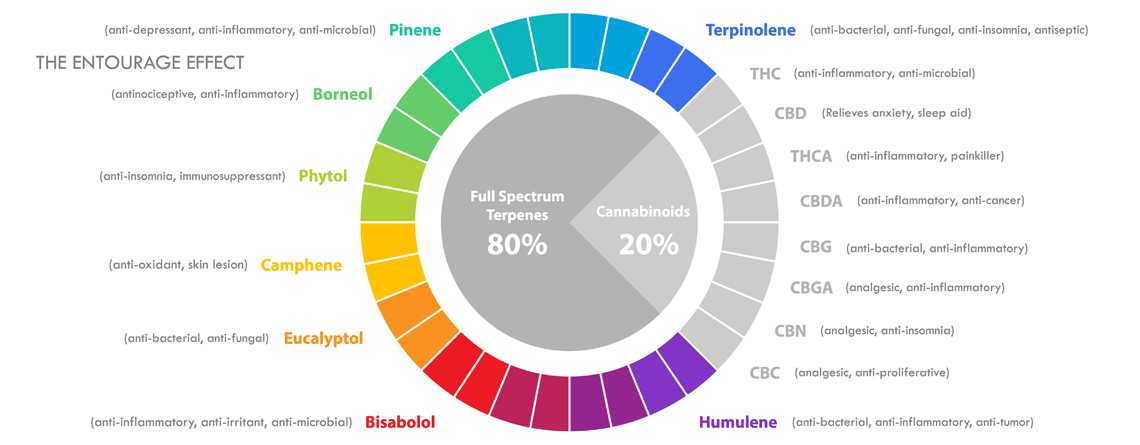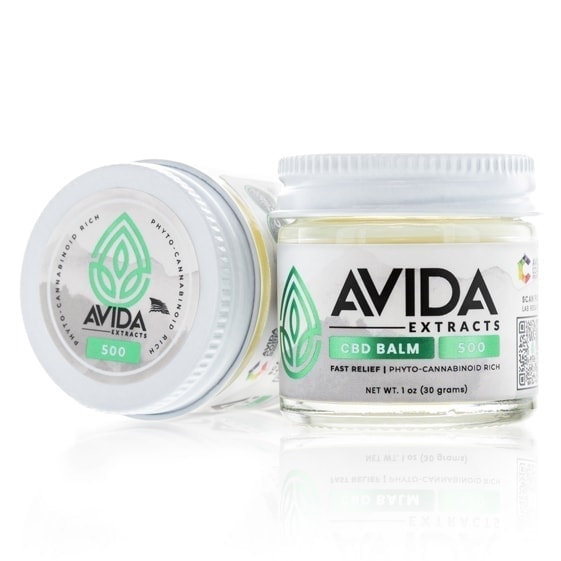The information shared in this post is for informational purposes only and should not be considered as a replacement for professional medical advice. The statements made on this article regarding CBD have not been evaluated by the Food and Drug Administration. The efficacy of CBD has not been confirmed by FDA-approved research. CBD is not intended to diagnose, treat, cure or prevent any disease. Consult your doctor before using CBD, especially if you have any medical conditions. Your doctor can help determine if CBD is right for you.
The entourage effect is a widely discussed concept in the hemp and cannabis space, describing how cannabinoids, terpenes, and flavonoids work together to create a more comprehensive experience compared to consuming individual hemp compounds in isolation.
This guide explores the science behind the entourage effect, the different types of hemp products that offer varying levels of this effect, and the ongoing research examining its potential impact.
What You’ll Discover
- The entourage effect refers to how cannabinoids, terpenes, and flavonoids interact within the hemp plant to produce a more complex and dynamic experience.
- Hemp product types, such as Full Spectrum CBD oil, Broad Spectrum CBD oil, and CBD Isolate, offer different levels of the entourage effect.
- While widely recognized within the cannabis industry, scientific validation of the entourage effect is still ongoing, with mixed findings in research.
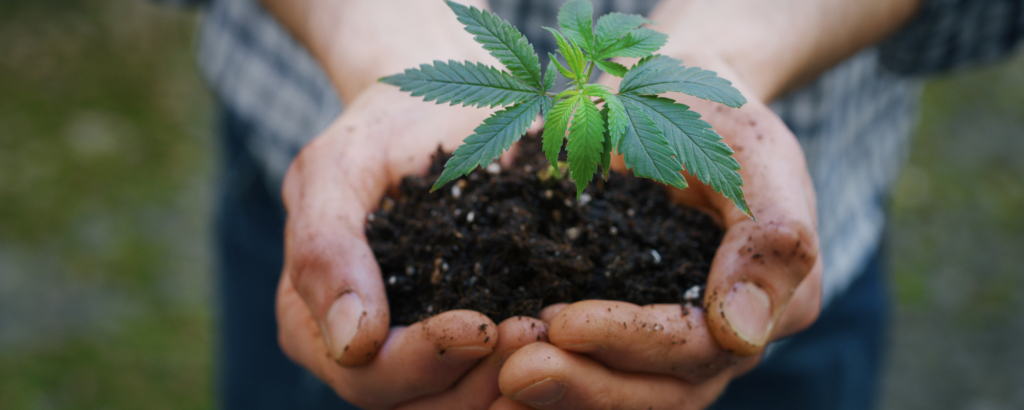
What is the Entourage Effect?
Hemp and cannabis plants contain over 80 naturally occurring compounds, including cannabinoids, terpenes, and flavonoids. These compounds are believed to work together to influence how the body responds to hemp-derived products.
The entourage effect is the idea that when all these components are present in their natural state, they create a more comprehensive experience than a single compound, such as CBD isolate, consumed alone.
How Different Compounds Contribute to the Entourage Effect
Cannabinoids: The Foundation of the Entourage Effect
Cannabinoids are the primary compounds in hemp, interacting with the endocannabinoid system (ECS)—a regulatory network involved in various physiological processes.
Two of the most well-known cannabinoids are:
✔ CBD (Cannabidiol) – Commonly associated with broad applications due to its interactions with the ECS.
✔ THC (Tetrahydrocannabinol) – The primary psychoactive compound in cannabis, minimally present in hemp-derived full spectrum products.
Other cannabinoids found in hemp include CBG, CBN, and CBC, each interacting with the ECS in distinct ways.
Terpenes: More Than Just Aroma
Terpenes are naturally occurring aromatic compounds found in hemp and many other plants. Beyond contributing to the flavor and aroma, terpenes are being studied for their potential to interact with cannabinoids and influence the overall hemp experience.
Some notable hemp terpenes include:
✔ Limonene – Found in citrus, being explored for its influence on mood.
✔ Myrcene – Found in mangoes, commonly present in many hemp strains.
✔ Linalool – Found in lavender, associated with floral and herbal aromas.
✔ Pinene – Found in pine trees, studied for its potential interactions within the ECS.
Terpenes are an integral part of the entourage effect, contributing to the distinct experience of different hemp strains.
Flavonoids: The Overlooked Element of the Entourage Effect
Flavonoids are phytonutrients responsible for pigmentation and antioxidant properties in plants, including hemp. They are studied for their potential synergistic interactions with cannabinoids and terpenes.
Key flavonoids found in hemp include:
✔ Cannflavin A & B – Unique to cannabis, currently being studied for their biological properties.
✔ Quercetin & Kaempferol – Also found in many fruits and vegetables, investigated for various potential benefits.
These compounds play an underappreciated role in the entourage effect and contribute to the full hemp experience.
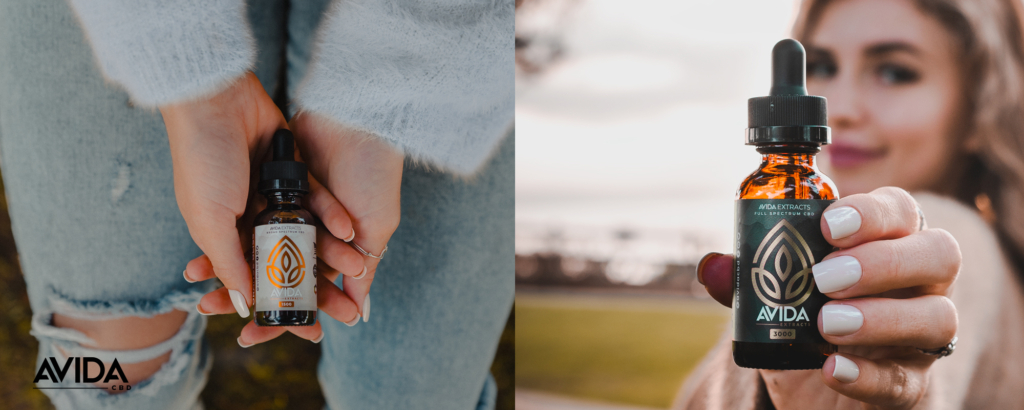
Comparing Full Spectrum, Broad Spectrum, and Isolate Products
The type of hemp extract used in a product determines how much of the entourage effect is present.
| Type | Contains THC? | Other Cannabinoids? | Terpenes & Flavonoids? | Entourage Effect Level |
|---|---|---|---|---|
| Full Spectrum CBD | ✅ Yes ( <0.3%) | ✅ Yes | ✅ Yes | Strongest |
| Broad Spectrum CBD | ❌ Non Detable THC | ✅ Yes | ✅ Yes | Moderate |
| CBD Isolate | ❌ Non Detable THC | ❌ No | ❌ No | Minimal |
CBD Isolate contains pure CBD with no additional compounds, offering a more singular experience.
Full Spectrum CBD Oil offers the strongest entourage effect by including all naturally occurring compounds in hemp.
Broad Spectrum CBD Oil provides a non detectable level of THC option while retaining some cannabinoids and terpenes.
Here is a good article that explains the difference in Full Spectrum, Broad Spectrum and CBD Isolate
Exploring the Entourage Effect in Wellness Products
The entourage effect is often cited as a reason some users prefer full spectrum products over isolated compounds. Some studies have explored how combining cannabinoids and terpenes may contribute to different effects.
Factors That May Influence the Entourage Effect:
✔ How compounds interact with the ECS – Cannabinoids, terpenes, and flavonoids interact with CB1 and CB2 receptors.
✔ The unique chemical profile of different hemp strains – Terpene content varies between strains, affecting the overall experience.
✔ Personal body chemistry and metabolism – The way the body processes hemp compounds differs from person to person.
While ongoing research aims to better understand these interactions, many people prefer full spectrum products for their complexity.
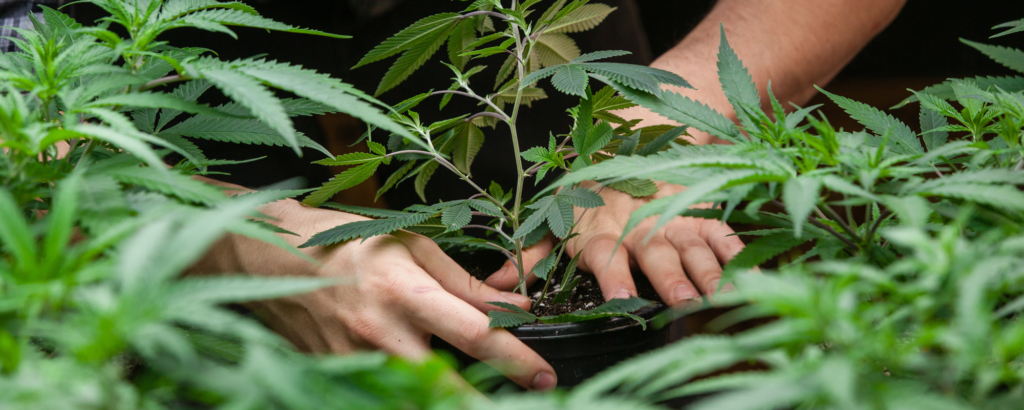
The Science Behind the Entourage Effect: What Research Says
While the entourage effect is widely discussed, scientific research is still evolving to determine the extent of its impact.
✔ Some studies suggest cannabinoids and terpenes interact in complex ways within the ECS.
✔ Researchers are exploring how combining different hemp compounds may influence the overall experience compared to isolated compounds.
✔ The full validation of the entourage effect requires further clinical research to understand how these interactions occur at a physiological level.
As interest in personalized wellness solutions grows, more research is likely to focus on how individuals respond to different hemp formulations.
Choosing the Right Hemp Product for You
When selecting a hemp-derived product, consider the level of the entourage effect you’re looking for.
✔ For those seeking a more comprehensive hemp experience, Full Spectrum CBD Oil is a popular choice.
✔ For those looking to avoid THC, Broad Spectrum CBD Oil offers a middle ground while still retaining cannabinoids and terpenes.
✔ For those who prefer CBD alone, CBD Isolate delivers a focused experience.
Summary
The entourage effect is an intriguing aspect of hemp-based products, highlighting the potential interactions between cannabinoids, terpenes, and flavonoids. While more research is needed, many users prefer full spectrum products for their potential to provide a well-rounded experience.
As the science of hemp continues to evolve, understanding the entourage effect may lead to more tailored approaches to hemp-based wellness.
Citations:


